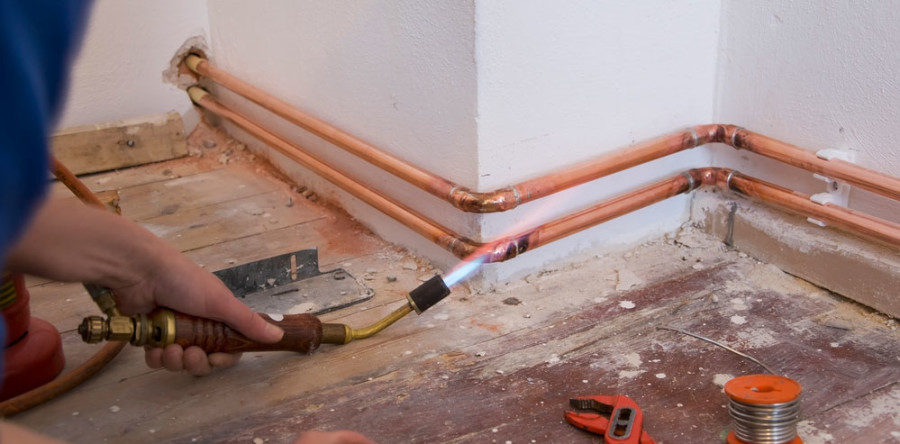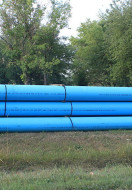There has been an ongoing failure of copper plumbing in distribution lines of homes on municipal water supply throughout the country. This problem has been documented in the outskirts of Washington, D.C. for the last several years. As home inspectors, we have been seeing the results of these failures with increasing frequency in Anne Arundel County, Maryland. The problem has become so widespread that Maryland officials have set up a task force of government representatives and top researchers to investigate the cause and come up with a solution.
Several communities in Anne Arundel County have begun to experience pin-hole leaks in the plumbing of their homes. These leaks, in some cases, are resulting in mold growth on the drywall. The problem exists among multiple builders, copper manufacturers and installers. Once the problem is diagnosed, the system is typically removed and replaced with CPVC or PEX plumbing lines. This involves opening walls and can be very costly.
There have been several hypotheses regarding the causes of this failure. This type of problem was first seen in well water systems with low ph, which caused an acidic reaction. This failure is now being found in homes only five years old and on municipal water. Studies have shown corrosion beginning in copper in as little as one year. There have been several theories, including water quality, material defects in the copper and electrolysis. For the most part, these have been ruled out through independent research. One of the latest theories is that it relates to the change in the anode rod in water heaters from magnesium to aluminum. Some studies have shown what appears to be corrosion consistent with aluminum oxide.
To identify the problem, the copper usually exhibits a greenish/white build-up or blemishes on the body of the pipe. This may also be seen at solder joints, but is often caused by the soldering flux used at these points. We have samples and photos that show only a few tiny corrosion blemishes externally. When viewed internally, however, several dozen erosion pits are visible. Unfortunately, these can only be viewed when a section of pipe is cut open and removed. A plumber that is knowledgeable with this problem should be consulted.







